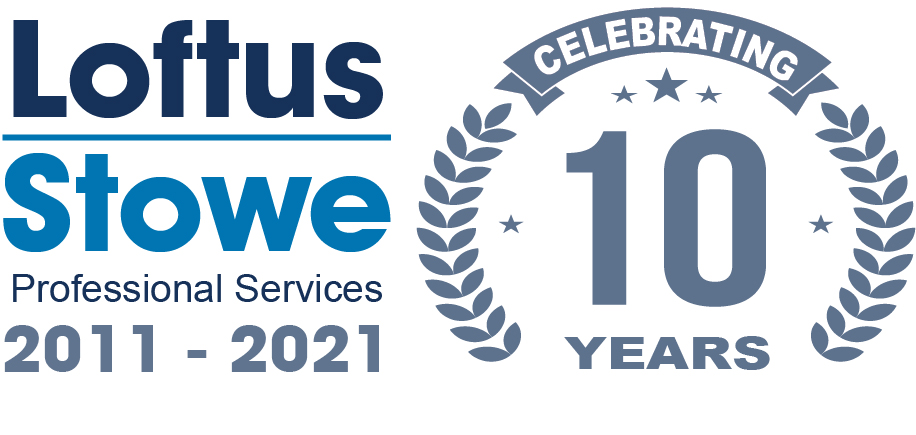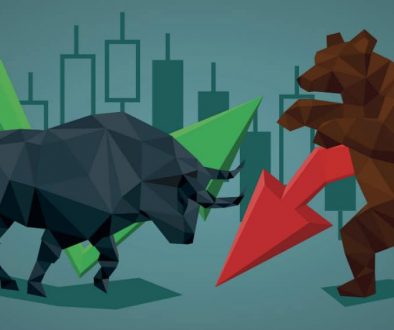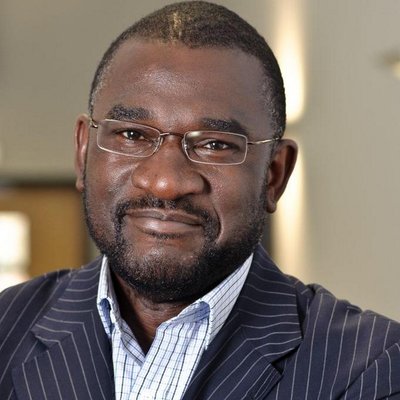Dont be fooled by the recentshare price fightback, thebears are likely to launch another wave of attacks. If youre feeling defensive the following three companies may have caught your attention.They look solid in theory, but are theysafe havens in practice?
Centrica
When is a safe haven not a safe haven? When its British Gas owner Centrica (LSE: CNA). Voters may have forgotten about former Labour leader Ed Miliband but Centrica investors will recallhis threat in September 2013 to freeze energy prices as the beginning of itscurrent troubles. However, they cantblame him for the 30% crash in the companys share price over the last 12 months: that type of plunge isnt supposed to happen to a defensive play like this. On the stock market, there are no safe havens.
Todays full-year results show the pain continues: 2015 revenues fell 5% to 28bn while adjusted operating profits were down12% to 1.459bn. Adjusted earnings per share fell 4% to 17.2p, which was actually better than forecast, and the full-year dividend fell 11% to 12p. Management remains optimistic, claiming the group is robust in a low commodity price environment and cash flow should rise at least 3% to 5% a year. The truth is that markets had expected worse. Despite the dividend cut, Centrica still trades on a forecast yield of5.9% for December, which looks pretty hot in a negative rate world. The companyhas had its troubles but at 10.1 times earnings these may now bein the price.
SSE
Fellow utilitySSE (LSE: SSE) offers an even higher yield at 6.61% and is only slightly pricier at 10.6 times earnings. With no interest rate hike expected until 2020, that income stream is a sizzling prospect. But be warned, cover isthin atjust 1.3. As I said, nothing is safe in this market. Noris the share price, which has fallen 17% in the past 12 months.
SSE has a proud dividend history having hiked every year since 1992 helped by its Network division, which delivers a regulatedflow of cash. But its non-regulated wholesale and retail divisions have comeunder pressure in recent years. Like Centrica, it must also battle thechallenge from smaller players and a dip in customer usage. Management expects EPS to increase slightlyto 115p in the year to March 2017, but thats still down from 124.1ptwo years earlier. Its recent Q3 update shows management standing by its commitment to raise dividends by at least RPI, apledge that will be tested as SSE battlesto keep the cash flowing while investing in infrastructure.
Unilever
Finally, a solidhome for your money. While Centrica and SSE look asdefensively sound as Premiership strugglers Aston Villa, global household goods giant Unilever (LSE: ULVR) has kept it tight at the back. Its share price is up 60% over five years and 5% over 12 months, while the FTSE 100 isdown 7.5% and 19% over the same timescales. While energy demand hasfallen there has been no slacking off in demand for soaps and sauces, hygiene and household products, with recent full-year results showing a 4.1% rise in underlying sales and 10% rise in turnover.
This has even helped Unilever defy the emerging market slowdown, with sales fromthis source up7.1%. Double-digit growth in Latin America confirmsthat the company is built for troubled times like these. It isnt cheap at 21 times earnings but at least itsyield is decent foronce at 4%.
If you’re looking for a dividend stock with great growth potential then check out our BRAND NEW report A Top Income Share from The Motley Fool.
While many leading UK companies are slashing their dividends, this FTSE 250 star accelerated its payout at astonishing speed in 2015.
The Fool’s crack team of analysts is so impressed by this company’s ambitious growth plans they are happy to call it one of the best income stocks on the market today.
Click here to enjoy this FREE, no-obligation wealth report. It will be yours in moments and won’t cost you a penny.
Harvey Jones has no position in any shares mentioned. The Motley Fool UK owns shares of and has recommended Unilever. The Motley Fool UK has recommended Centrica. We Fools don’t all hold the same opinions, but we all believe that considering a diverse range of insights makes us better investors.





